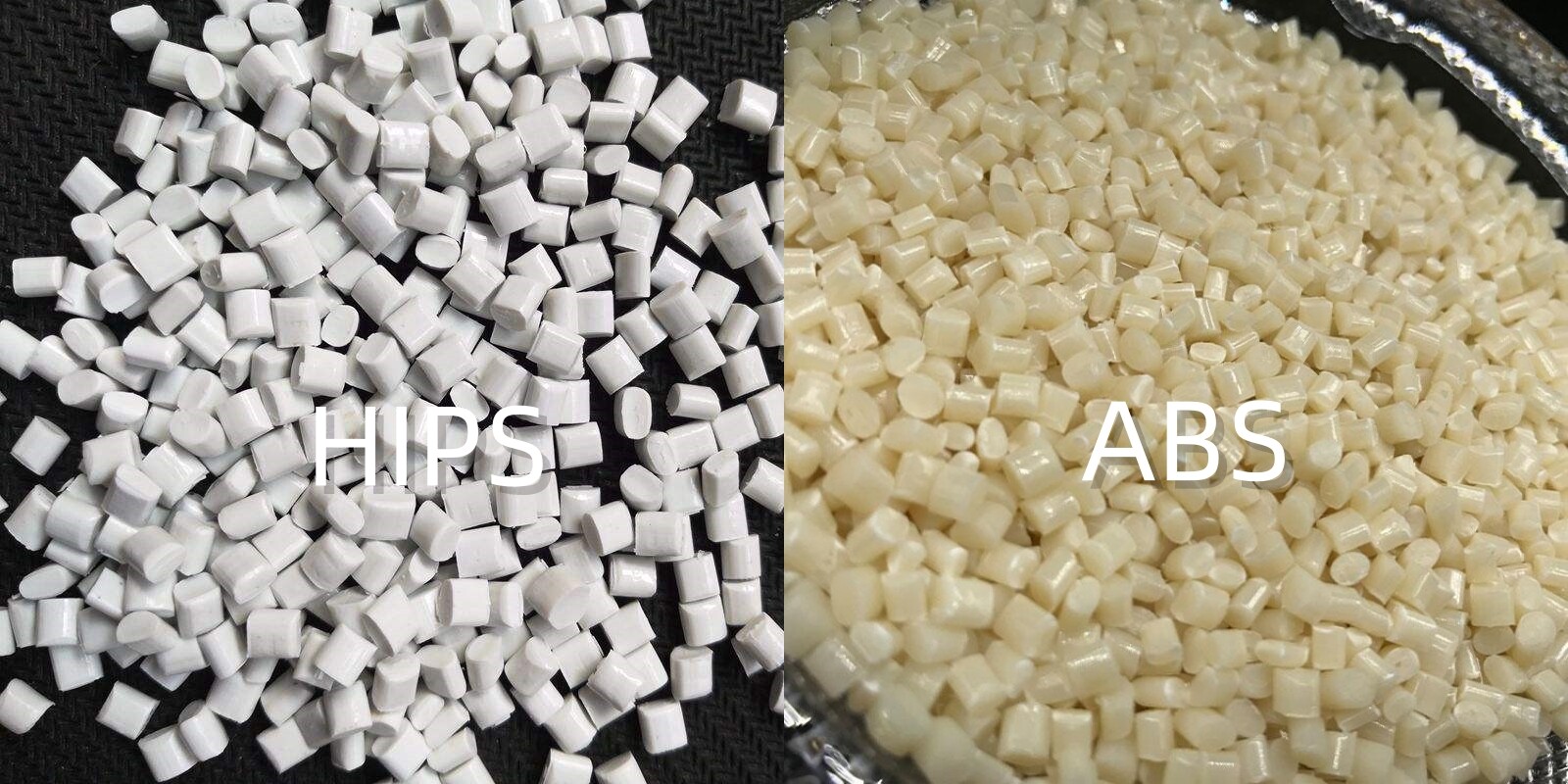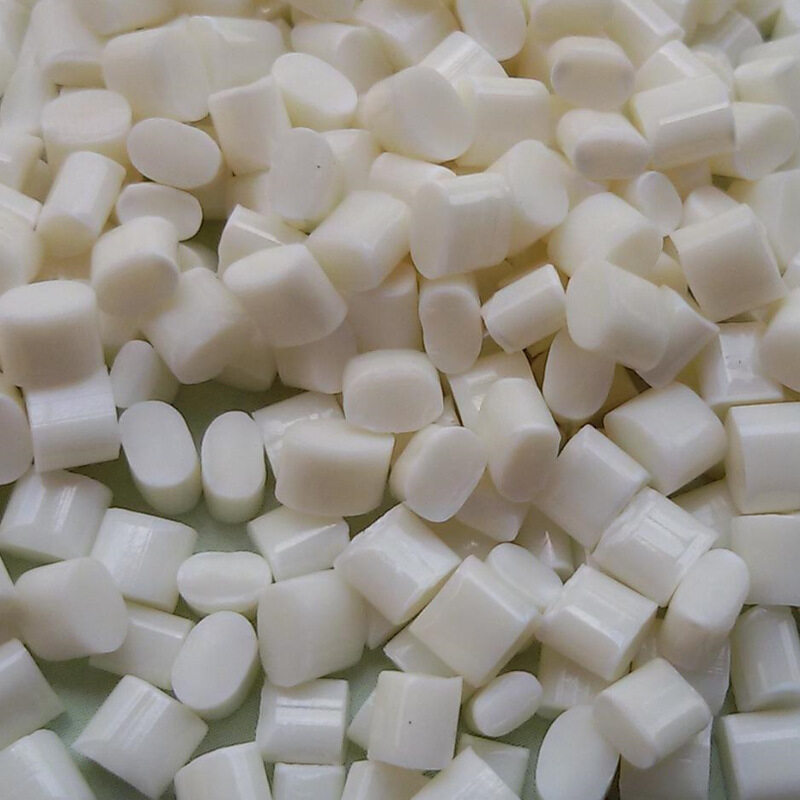Email format error
Email cannot be empty
Email already exists
6-20 characters(letters plus numbers only)
The password is inconsistent
Email format error
Email cannot be empty
Email does not exist
6-20 characters(letters plus numbers only)
The password is inconsistent

Offer Technical Support and Customized Solutions
The company is committed to creating new and improved plastic materials to meet the evolving demands of the market.

Comparing HIPS and ABS: Cost Considerations and Performance Differences in the Home Appliance Industry
Introduction:
In the dynamic landscape of the home appliance industry, cost efficiency plays a pivotal role in shaping business strategies. Recently, a trend has emerged where companies are exploring alternatives to reduce procurement costs, with one notable approach being the substitution of Acrylonitrile Butadiene Styrene (ABS) with High Impact Polystyrene (HIPS) for plastic component production. Let's delve deeper into this phenomenon and understand the rationale behind this strategic shift.
1. The Driving Force: Cost Reduction Strategies
- With procurement costs on the rise, home appliance companies are compelled to devise innovative cost-saving measures.
- The allure of HIPS lies in its significantly lower procurement price compared to ABS, making it an attractive proposition for businesses seeking to optimize expenses.
- Furthermore, HIPS shares similar shrinkage rates with ABS, facilitating seamless production without the need for extensive modifications to injection molds.

2. Material Composition Insights
- HIPS primarily comprises styrene, simplifying price forecasting for purchasing entities. In contrast, ABS consists of a more complex composition involving three distinct raw materials.
- Styrene serves as the primary ingredient in both ABS and HIPS, constituting 61% and 92% of their composition, respectively.
- The presence of polybutadiene rubber, derived from butadiene, in HIPS underscores its close relationship with ABS, with fluctuations in butadiene prices exerting significant influence on ABS costs.
3. Performance Variation: HIPS vs. ABS
- While HIPS and ABS exhibit similarities in physical properties and find application in diverse sectors such as air conditioning, washing machines, and toys, ABS outshines HIPS in applications necessitating heightened material requirements.
- ABS's suitability for high-end applications such as motorcycles, vacuum cleaners, and batteries underscores its superior performance vis-à-vis HIPS.
- Notably, HIPS's compatibility with packaging applications underscores its niche within the market but does not render it a universal substitute for ABS.
4. Balancing Performance and Cost
- The primary impetus behind the transition from ABS to HIPS stems from cost considerations, as downstream enterprises prioritize cost-effectiveness.
- However, the decision to switch materials necessitates a nuanced understanding of the performance disparities between HIPS and ABS.
- While HIPS may suffice for mid-to-low-end applications, its inferior impact strength and susceptibility to aging make it unsuitable for prolonged usage in demanding environments.
5. Performance Testing Insights
- Performance testing reveals stark disparities between HIPS and ABS, particularly in impact strength.
- HIPS's propensity for accelerated aging manifests in significant declines in impact strength over time, rendering it less durable compared to ABS.
- Applications subjected to high temperatures, such as household appliances like rice cookers and electric kettles, necessitate materials with superior heat resistance, making ABS the preferred choice over HIPS.
Conclusion:
In conclusion, the strategic substitution of ABS with HIPS underscores a concerted effort by home appliance companies to mitigate escalating procurement costs. However, while HIPS offers cost advantages, its performance limitations necessitate a cautious approach in material selection. As businesses navigate the complex terrain of cost-efficiency and performance optimization, a nuanced understanding of the divergent attributes of HIPS and ABS is imperative for informed decision-making.
By embracing this nuanced perspective, businesses can strike a delicate balance between cost efficiency and product quality, thereby positioning themselves for sustained success in the competitive home appliance industry.

